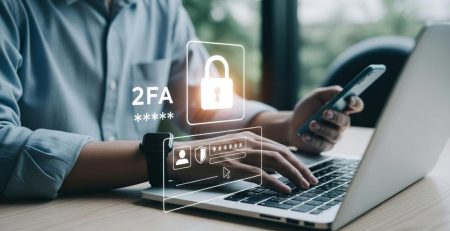3 Common Security Practices in Cybersecurity Insurance Applications
We’ve noticed a trend working with several organizations: three cybersecurity practices keep showing up on the insurance application, no matter who the carrier is. If each carrier thinks these security practices are important, they’re probably onto something.
So, it might be a good idea to start using these practices now, even if your insurance hasn’t required it yet. It means you’re doing something right for your security and could in the future.
Here are the three common security practices we see requested during cybersecurity insurance applications:
Endpoint Detection and Response (EDR) & Managed Detection and Response (MDR)
What is this?
EDR is a cybersecurity tool that monitors endpoints — such as laptops and smartphones — for suspicious activities to prevent cyberthreats. MDR complements EDR by providing a managed service that oversees and responds to threats across the IT environment, including 24/7 threat management and remediation.
Why is cybersecurity insurance focusing on this?
Insurers tend to favor EDR and MDR because they function similarly to rapid response for a fire; quickly identifying and neutralizing threats minimizes damage. The quicker a threat is contained, the less damage it is likely to cause. The implementation of these tools suggests organizations are taking proactive steps to minimize the impact of cyber-related incidents, potentially reducing the severity and cost of claims.
“Of the three security practices, MFA is the easiest one for your organization to implement and doesn’t have to cost extra. It’s also a great way to introduce best security practices to your team members.”
Multifactor Authentication (MFA)
What is this?
MFA requires users to verify their identity through multiple methods before accessing accounts. This typically involves a combination of a password with a mobile app code or a biometric factor, enhancing security beyond traditional password-only systems.
Why is cybersecurity insurance focusing on this?
Insurers emphasize MFA due to its effectiveness in preventing unauthorized access resulting from stolen credentials. The adoption of MFA significantly reduces the risk of data breaches (99.9% less likely to experience a compromised account, according to Microsoft), positively influencing insurance assessments.
Privileged Access Management (PAM)
What is this?
PAM is a security strategy that controls access to critical resources within an organization. It ensures that only authorized users have access to backend system controls, based on their role and necessity.
Why is cybersecurity insurance focusing on this?
PAM is a focus for many insurers because it minimizes the risk of data breaches and insider threats by managing who can access sensitive information. With fewer “house keys,” there are less opportunities for those keys to be stolen and used by attackers. Effective PAM practices might indicate an organization’s lower risk profile, potentially leading to more favorable insurance terms.
Of the three security practices, MFA is the easiest one for your organization to implement and doesn’t have to cost extra. It’s also a great way to introduce best security practices to your team members.
Remember: Having an IT team or MSP won’t protect you from liabilities, but it could save you money should you experience a data breach.
West Michigan Managed Service Provider
Are you looking to increase security for your company’s network and data? Contact us here to see how we can help keep your business running smoothly while increasing productivity, security and profitability.
Did you like this blog? You can subscribe to our newsletter to receive a weekly email with our latest blog posts.











